

What standards should I be showing?



What standards should I be showing?
Cover image by Amy (successful Yr 11 applicant)
Firstly, thank you for taking the time to show interest in the Art Scholarship Programme at PGS and making your initial application. The application process should be a smooth and easy one, we want you to do your best and not get worried about making an application. If you are constantly drawing or making things in every spare minute of your free time then you should feel completely at ease.˝
Now you have sent in your initial application form to the school, we ask you for a digital submission of work, as a small ‘taster’ portfolio that shows your current artistic standards. All we need is a simple PowerPoint or PDF with around 10 slides of work you have photographed in good light. There are some examples of successful portfolios within this document later. We want to encourage you to offer a range of drawing techniques in your next presentation especially, but it might also include larger-scaled or mixed media. Your digital submission will be reviewed by our Head of Art and the teacher in charge of our Art Scholars’ Programme to see what standards you have reached and if they identify work that shows true potential, they will you with a invite a smaller number of applicants to a second round of portfolio submissions with and a face-to-face interview. ˝
The second round interview is an opportunity for you to explain your work in more detail. Shortlisted applicant are given an opportunity to chat about artistic interests and reasons why they might wish to have an Art Scholarship. We send questions ahead of the interview to allow shortlisted applicants time to prepare. We are very keen to see work that has been self-led and not been suggested by teachers, so we can identify genuine personal interests within the applicants’ portfolios.˝
Do not be disappointed if you are not invited to an in-person portfolio interview. We might receive over 50 applications each year and with only one or two places on our Art Scholar’s Programme, competition is extremely tight. Whilst we hope applicants can manage their expectation, we also encourage unsuccessful applicants to apply again, at the next point of admission. Often, it is simply a matter of artistic maturity and time helps with this
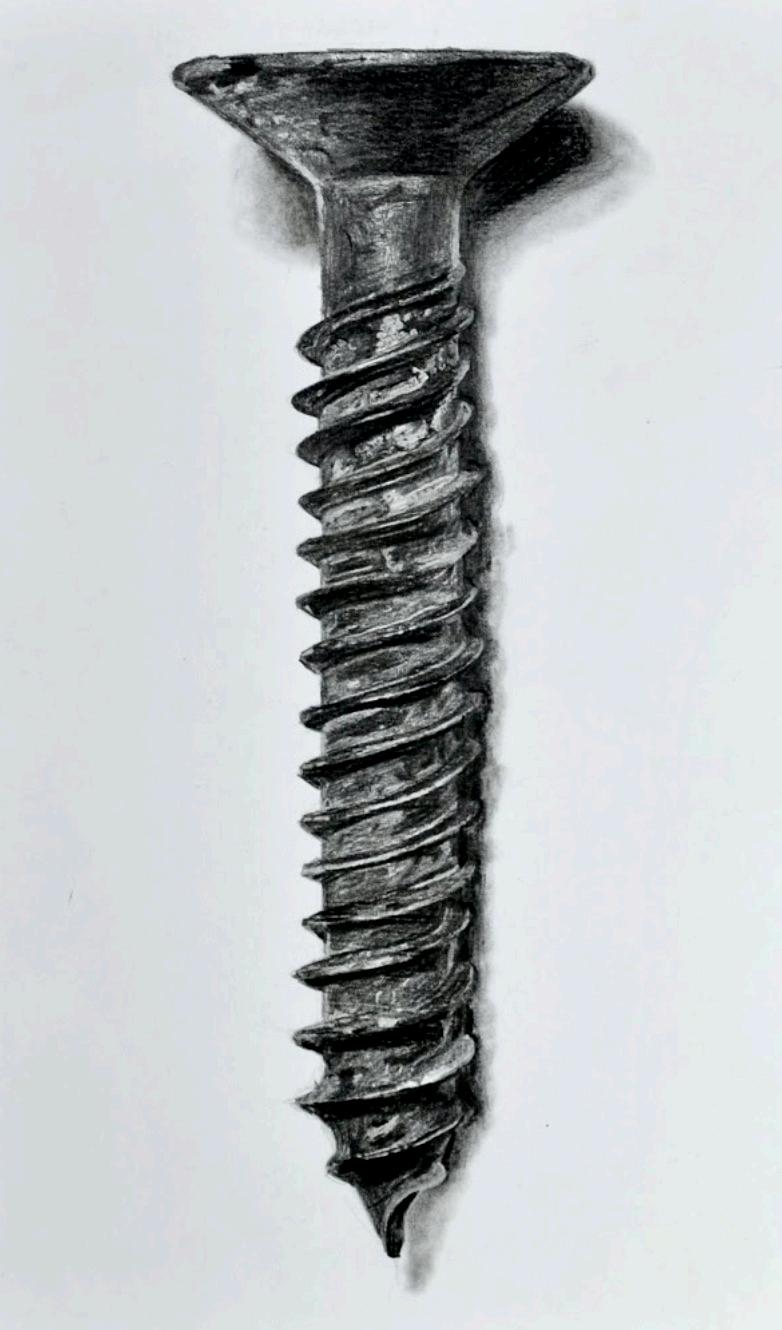
Habina (Sixth Form Art Scholar)
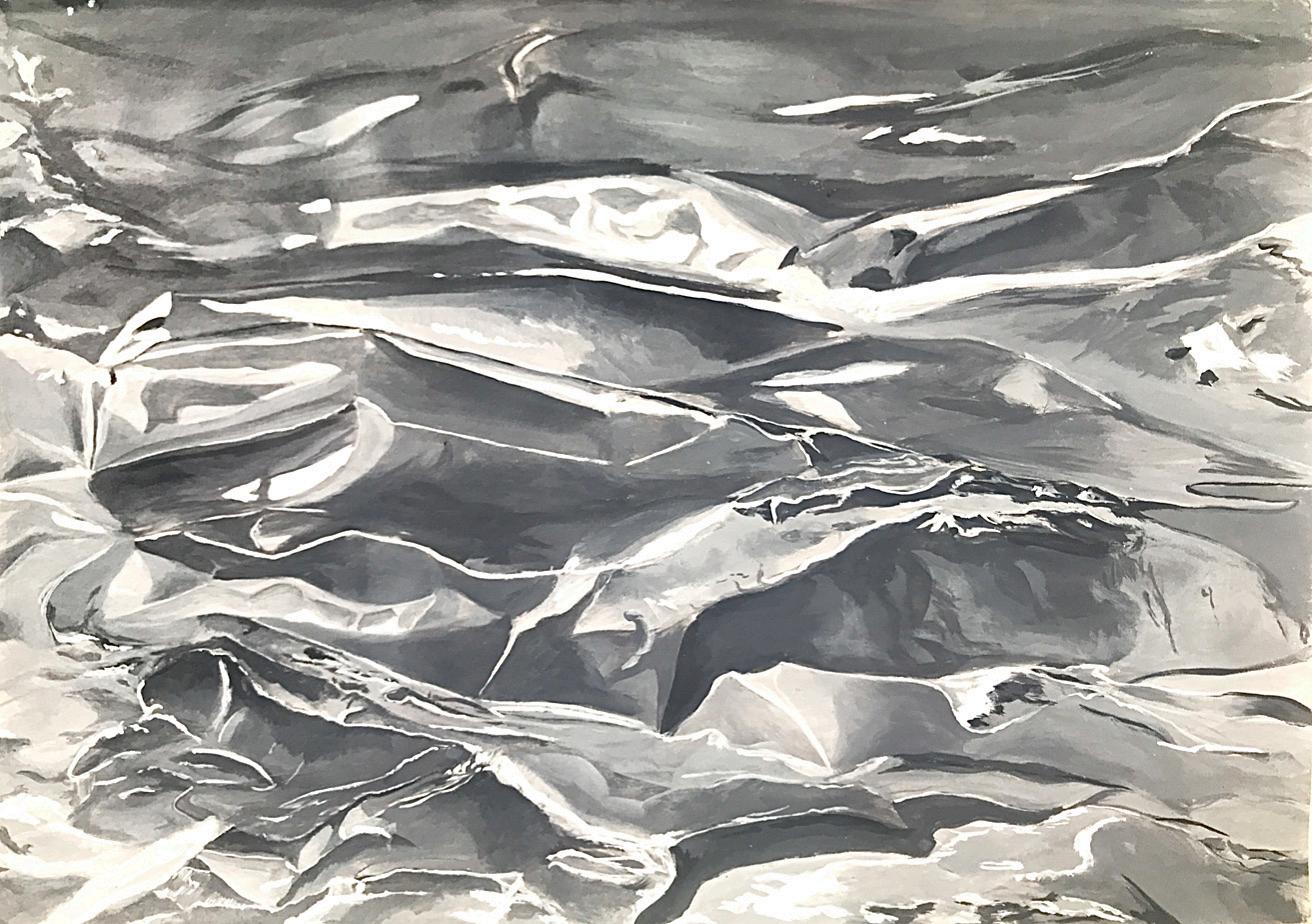
The Art Department at PGS attains some of the school’s highest grades at GCSE and A Level and is in the top 10% nationally. We hold a very strong artistic reputation and we trust our scholars to be our beacons when reaching these standards. As ambassadors for Art, we would expect all of our Art Scholars to be able to stand up for the creative rights of all their fellow pupils and promote open and honest discussion about art and art practice. You may have very strong opinions but you will be able to listen to other points of view and argue the merits of your own thoughts through considered dialogue. These are personal attributes and merits that are currently seen in all our Art Scholars’ approaches to life.
Year 6 applicants for Year 7 Art Scholar places
A good rule of thumb is that a scholar is working at around two years ahead of their fellow pupils typically. As such, we might anticipate applicants from Year 6 offering work that suggests Year 8 standards, with work that is quite different from their schoolmates. This means your portfolio is unlikely to include images that appear to be similar to your friends so try to avoid offering work you solely did in class. We don’t want you to be compared against your classmates who may also be applying so give something a miss if it is the same as your friends’ images. A good idea is also to stay away from clichéd work such as a single eye or a pair of lips on a page. Also, we regularly see many depictions of butterflies, unicorns, and fairies or manga-styled action figures from Year 6 applicants. Whilst you may really like drawing or painting these kinds of things, we would rather you make an attempt at giving us a sense of who you are when building your portfolio; things that show what you value and can talk about beyond what you ‘like’ to do. You will probably have some of these things written as notes in your sketchbooks and journals.
˝
A successful portfolio for Year 6 applicants will show determination and effort as well as growing skills, and your work will certainly appear more mature than pieces made by your fellow classmates. It would be very unwise for applicants to submit pictures from Year 5 within their portfolio work, as this would not show your current standards. You should certainly offer imagery that shows how you have been analysis real objects that have been in front of you, through drawing as well as painting. Remember, a good scholar will always be drawing and making things in their spare time so it is important that you can prove how you have been doing this, if called to an interview.˝
To help guide you, here are some examples from a previously successful scholar portfolio, from this age group:

Ana (successful Yr 6 applicant)



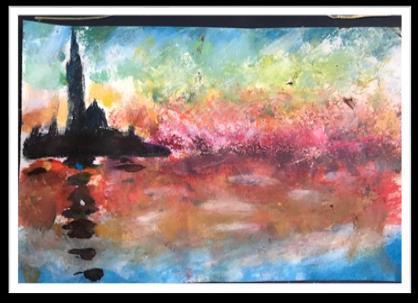

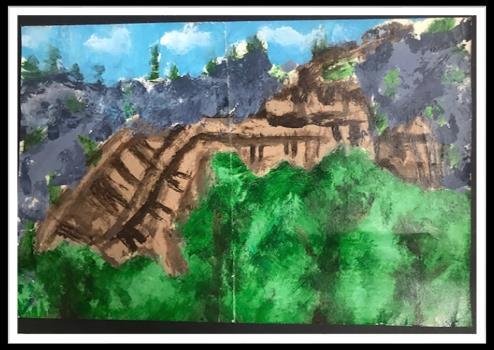
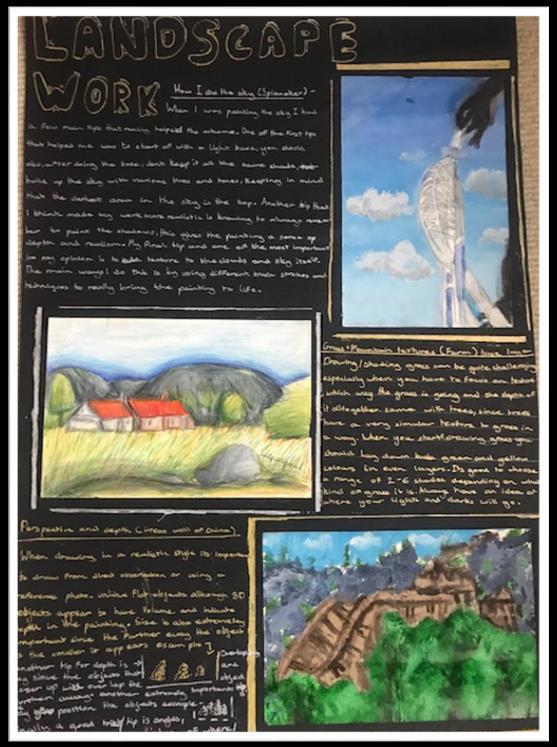
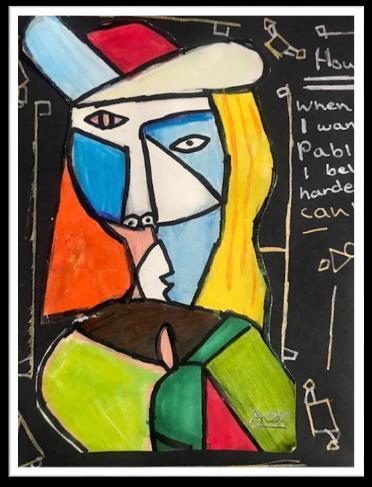
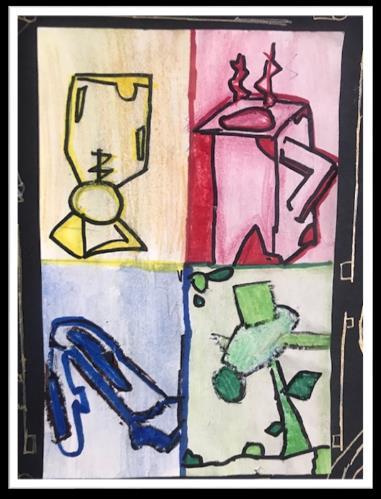
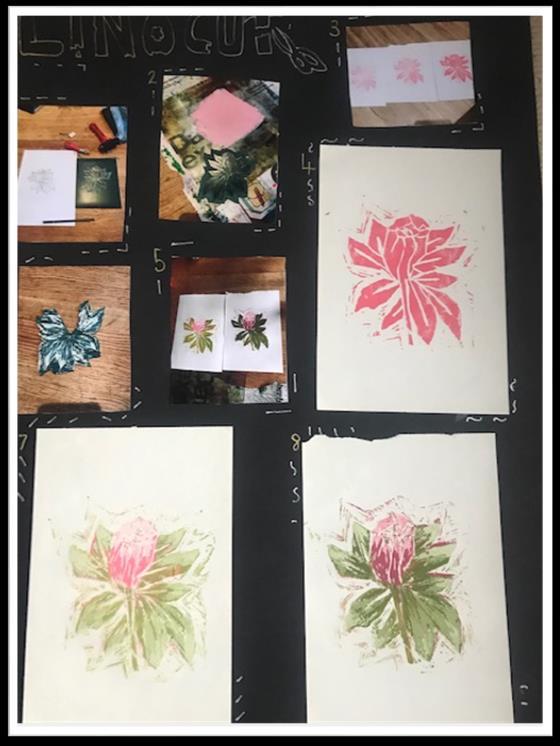



Year 8 applicants for Year 9 Art Scholar places
Successful applicants from Year 8 offer us work that would fit typically into a normal GCSE Year 10 course. Such expectations mean we are likely to see more advanced skills in portraiture, landscape or still life. A wide range of mediums are likely to be offered from drawing and painting as well as ceramics and sculptures.˝
You will already be finding your own interests in art therefore, and you will probably be able to name some artists, both male and female, that have interested and influenced you. This means you will have begun to dig deeper in some specific fields of art that are influencing you and this will be reflected in your studies. As such, you won’t just be presenting your current schoolwork in a portfolio. Your own work may be on a larger scale and possibly more experimental than school-based work so it is important that you can talk about it, if called to an interview. In the past, we have even accepted an applicant who offered us images of baking outcomes that she had been doing. Successful applicants are likely to show a growing understanding of style and presentation and may have interests in photography but not just as a way of recording day to day life, with their work beginning to show an appreciation of some of the more abstract qualities in light. They will have entered school competitions and potentially they will won some prizes for their artwork. Applicants like this will think about how they can be represented by the work they have been crafting and making. Does this describe you?˝
To help guide you, here are some examples from a previously successful scholar portfolio, from this age group:

Iona (successful Yr 8 applicant)


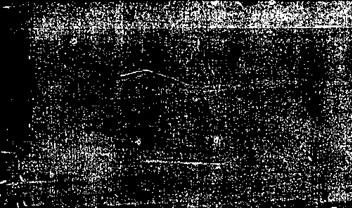

One of the areas of art which really interests me is typography. I enjoy looking at letter shape and design. In Year 7 I used matrix grids to design my own letters. I experimented with different materials including ink, watercolours and pencil.

I then created some three-dimensional word art inspired by the artist, Craig Ward. He has liked this piece of work on Instagram!









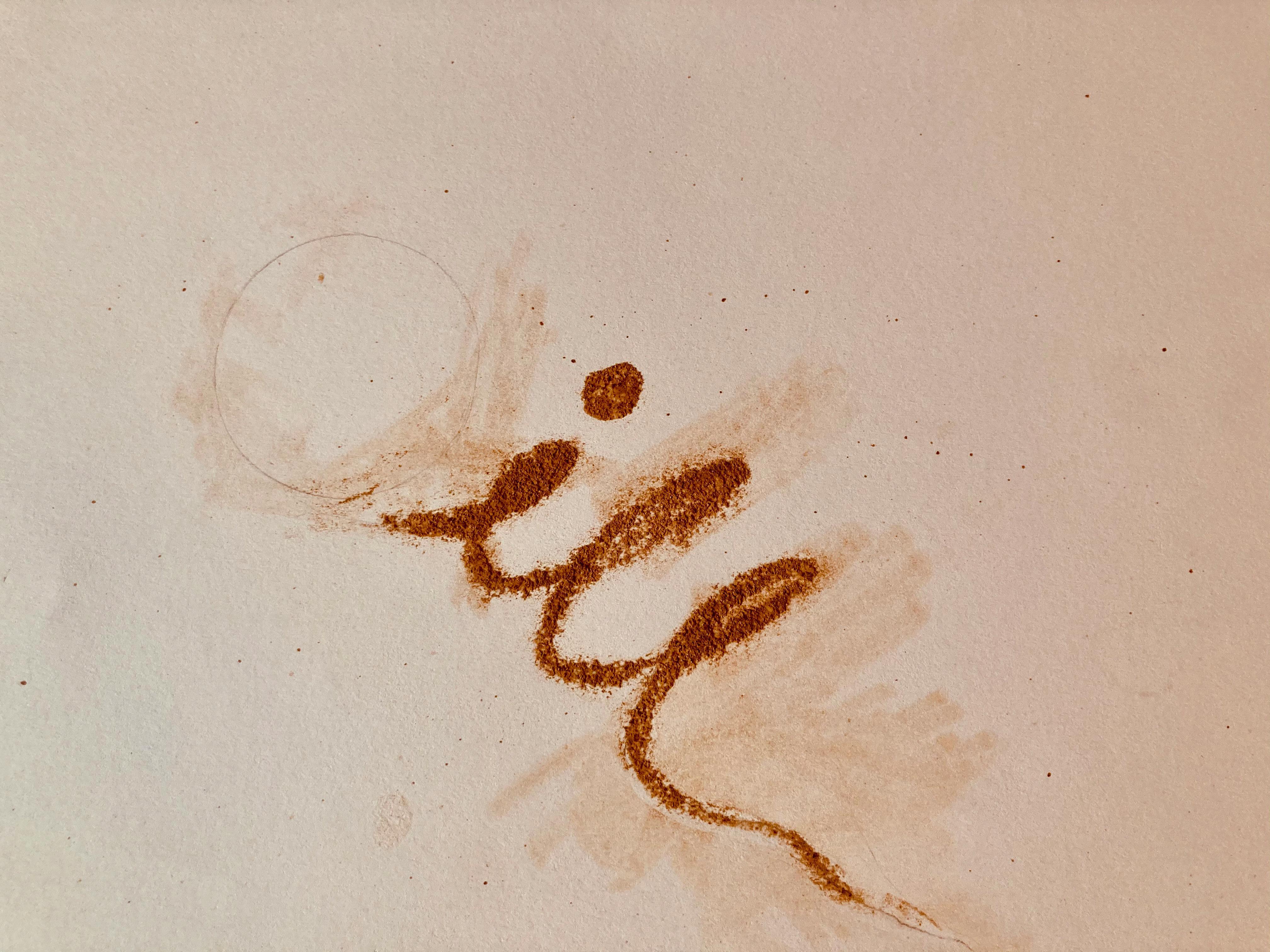
First, I marked out a position for the mug and poured coffee powder over letters formed using glue.






These two pieces started off as Helvetica font alphabet sheets. I have ‘corrupted’ them by transforming the letters into pictures, alternative characters or simply changing what the font looks like.



















Then I did the same onto a coffee mug and positioned it on the marked spot.

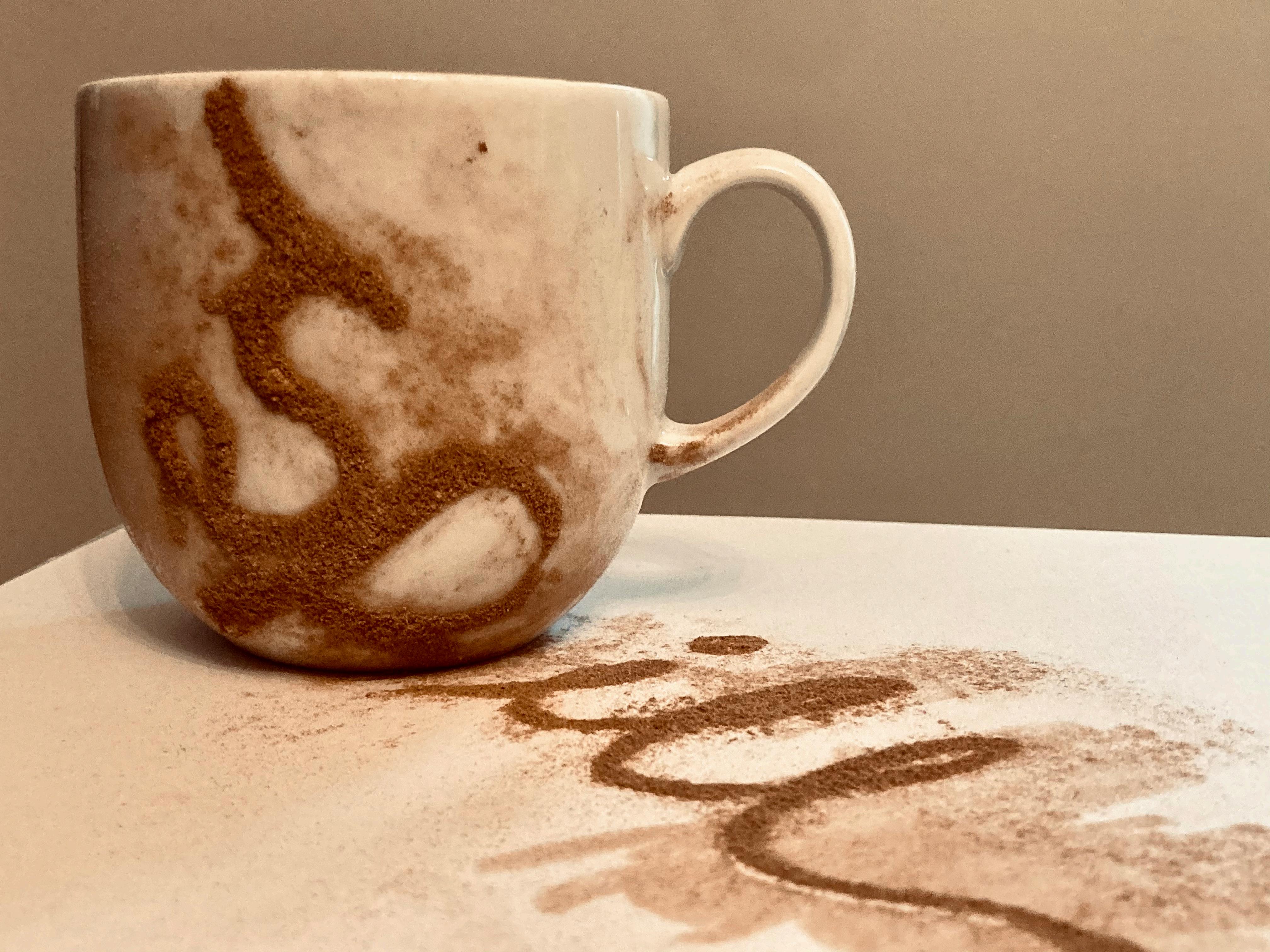





In ARTificial BENtelligence, I combined the skills of photography and collage, inspired by the work of Eduardo Paulozzi. I took close-up images of different machine parts, and self portraits in different positions, then layered them into a collage composition. The background of my piece is the inside of a computer which gave me the inspiration for the technology themed title.
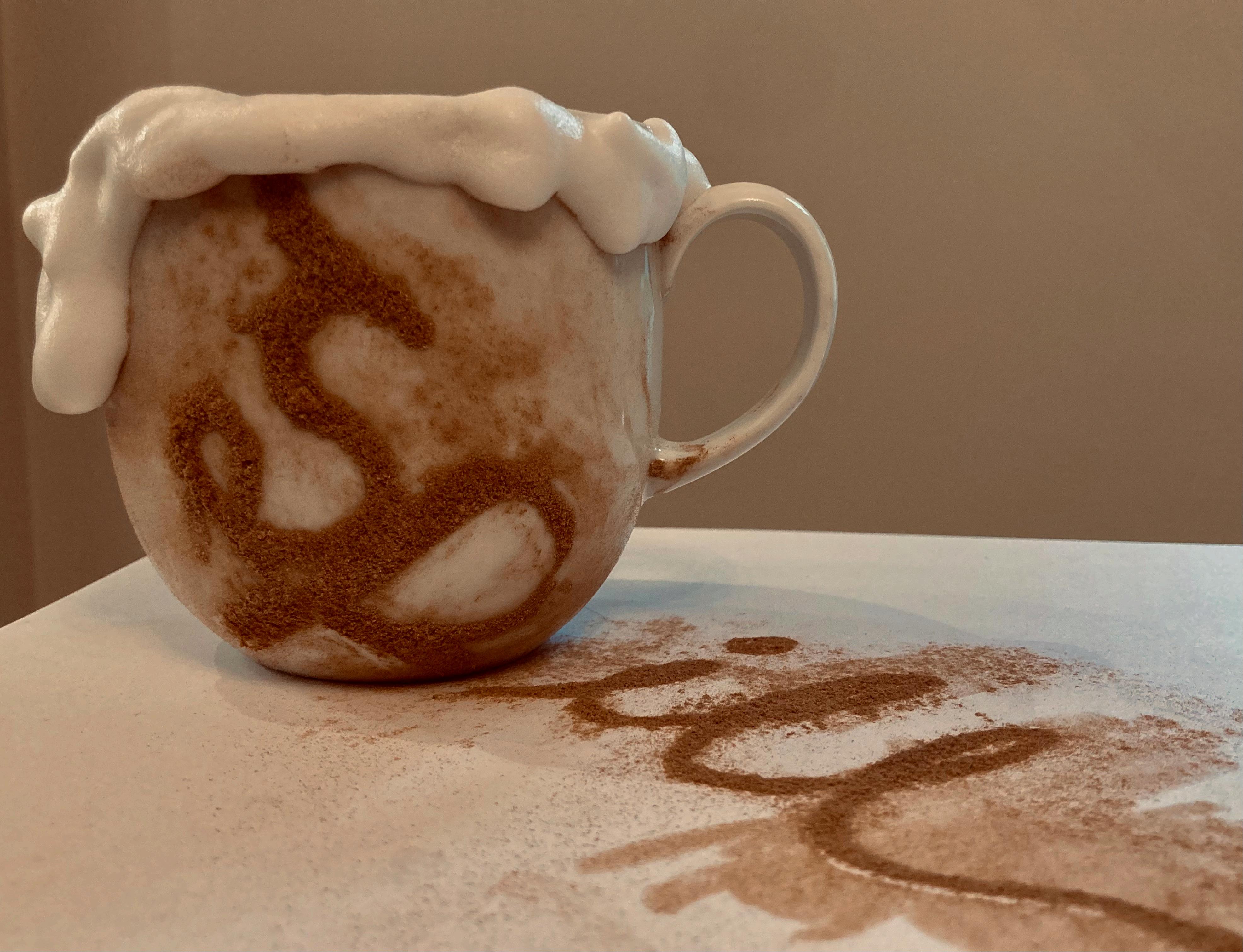

I added foam to the edge of the cup and photographed it, experimenting with warmth and contrast filters.


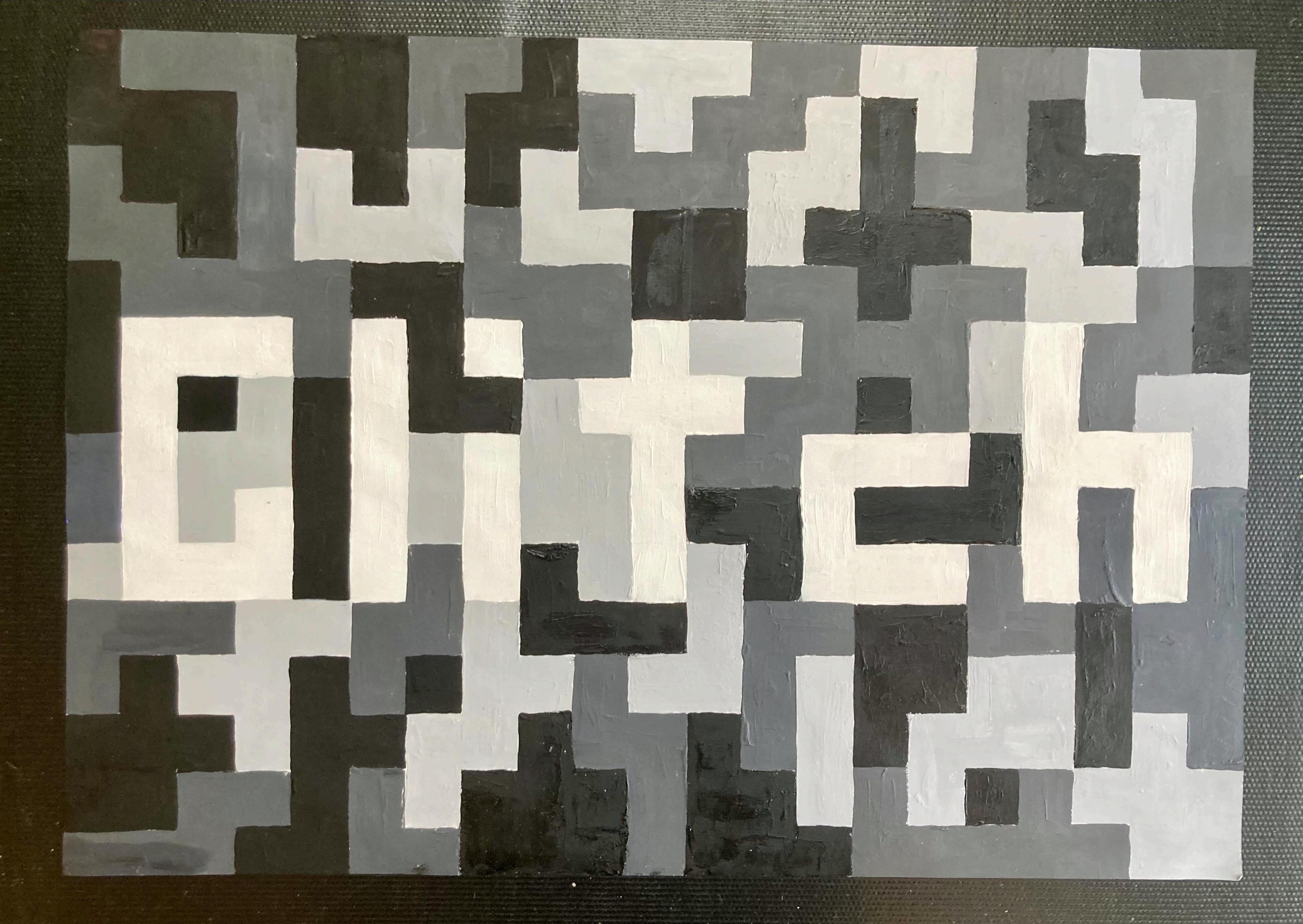
For this piece, I drew a grid on my page and used the squares to form the letters of the word ‘glitch’. I then used acrylic paints to randomly paint the squares around the word in shades of grey and black leaving the letters painted in pure white. I photographed my work and rounded the edges of the image. I framed the photograph with an image of an old television screen. I also added a vignette to make it seem as if the picture was on the television itself.


For Year 15 and 16 year olds who might be applying for one of our Sixth Form Art Scholarships, we would expect you to be offering work that would fit well within an established A Level portfolio already. This means it is vital that any work offered should be from your current academic year and not reach back into the past beyond GCSE. You are probably one of the best in your year at Art and so you may be starting to show interests in work that uses artistic concepts and doesn’t only rely upon stylistic concerns. Accordingly, you are more than likely to have opinions that offer a voice to your growing understanding of politic and society through your artist influences. In fact, your work will probably cover a range of themes and not just include your GCSE coursework but will also show a range for ideas through drawing and painting, some printmaking work, perhaps textiles and some three-dimensional work but also photography with specific understanding being shown. Analytical drawing will be at the fore of your expressive responses and you will likely understand the benefits of drawing from direct observation.˝
To help guide you, here are some examples from a previously successful scholar portfolio, from this age group:
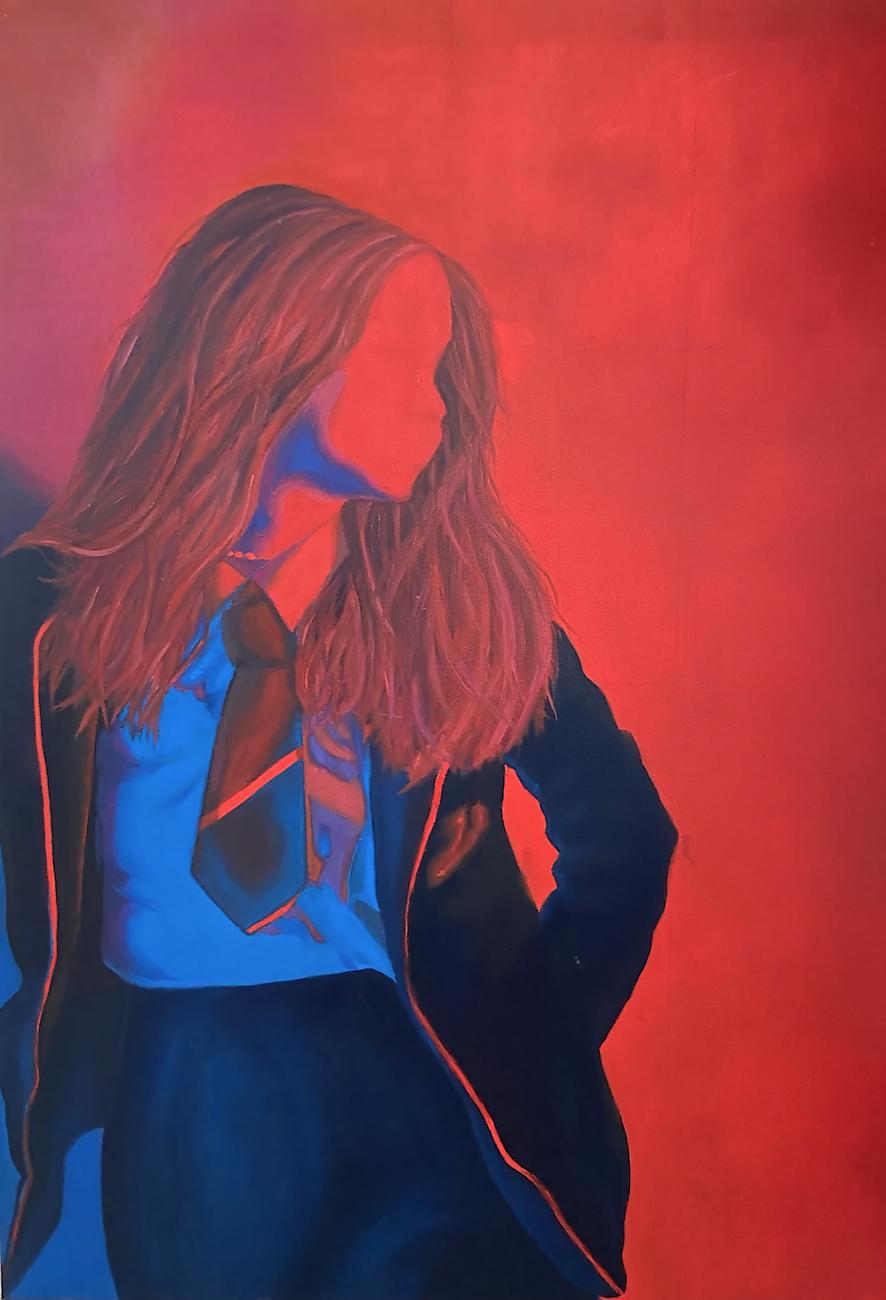

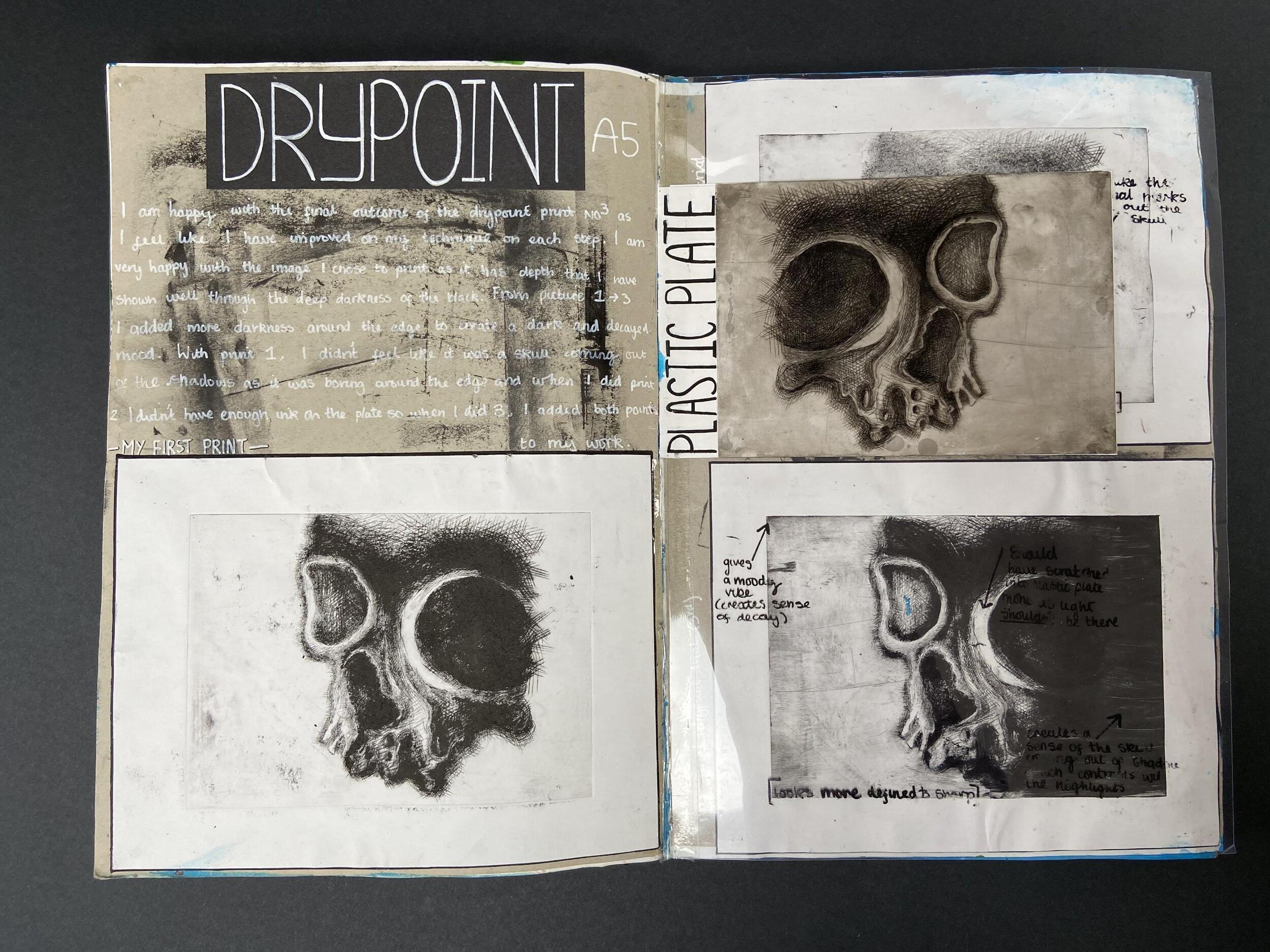
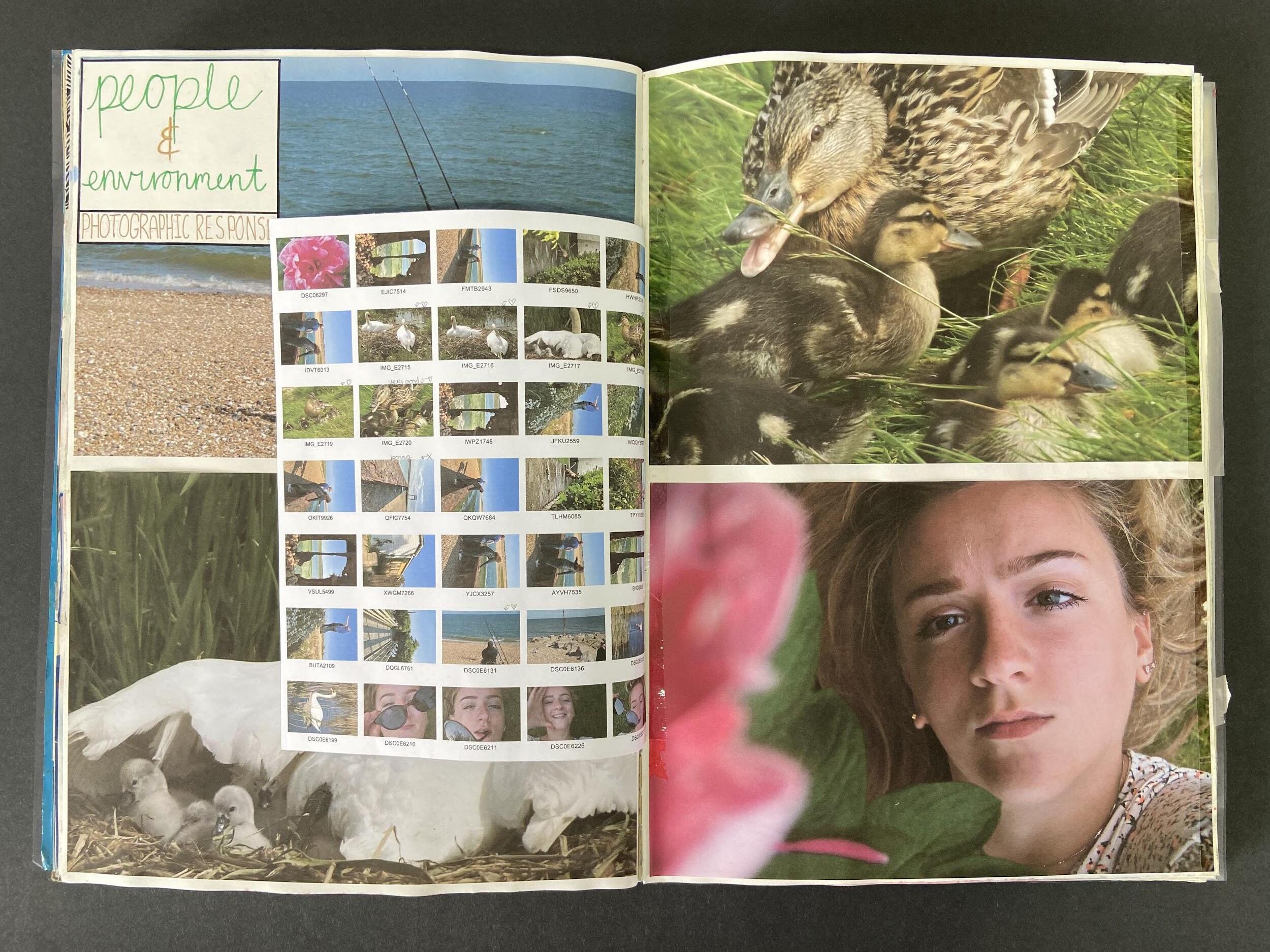
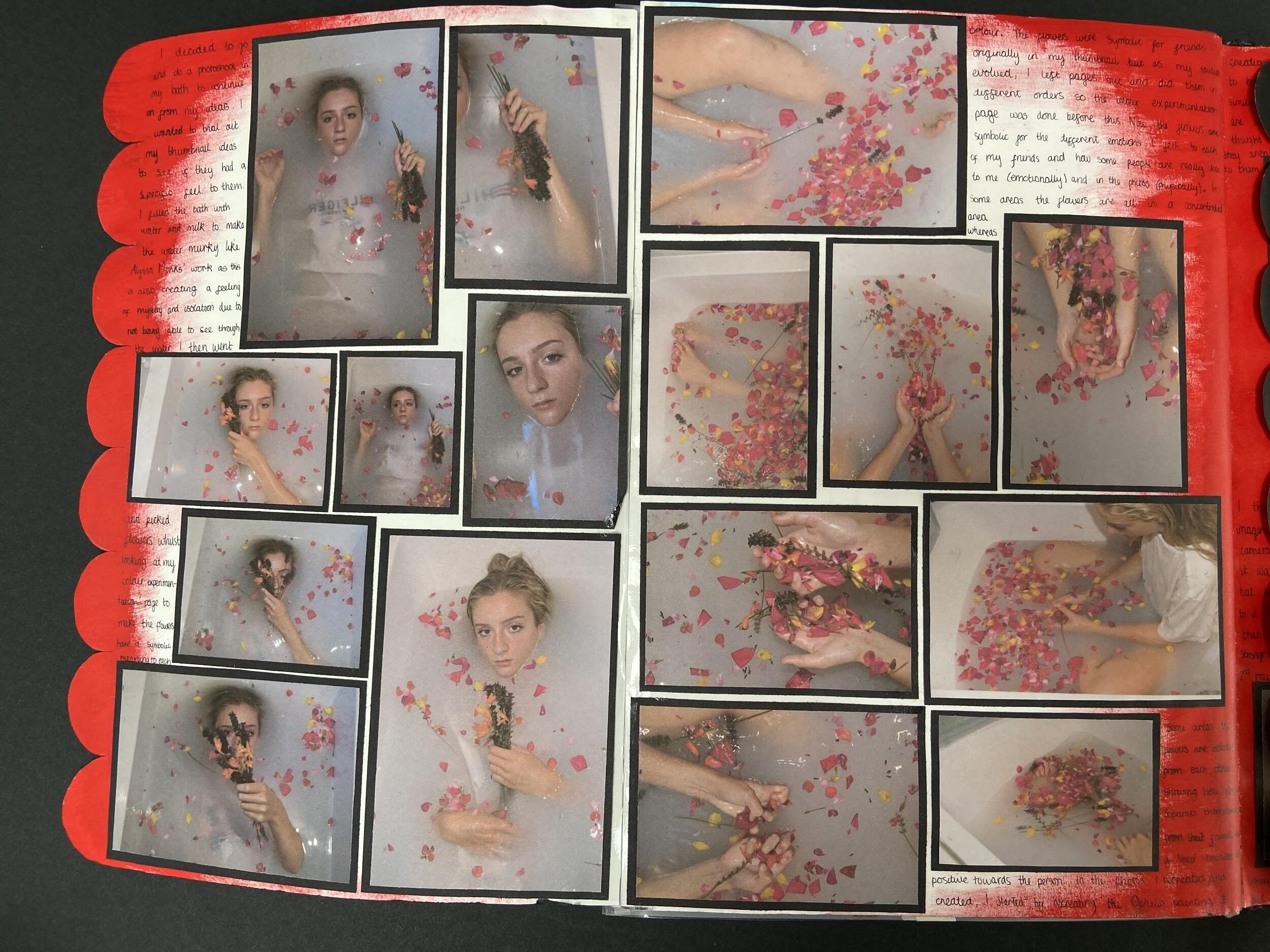
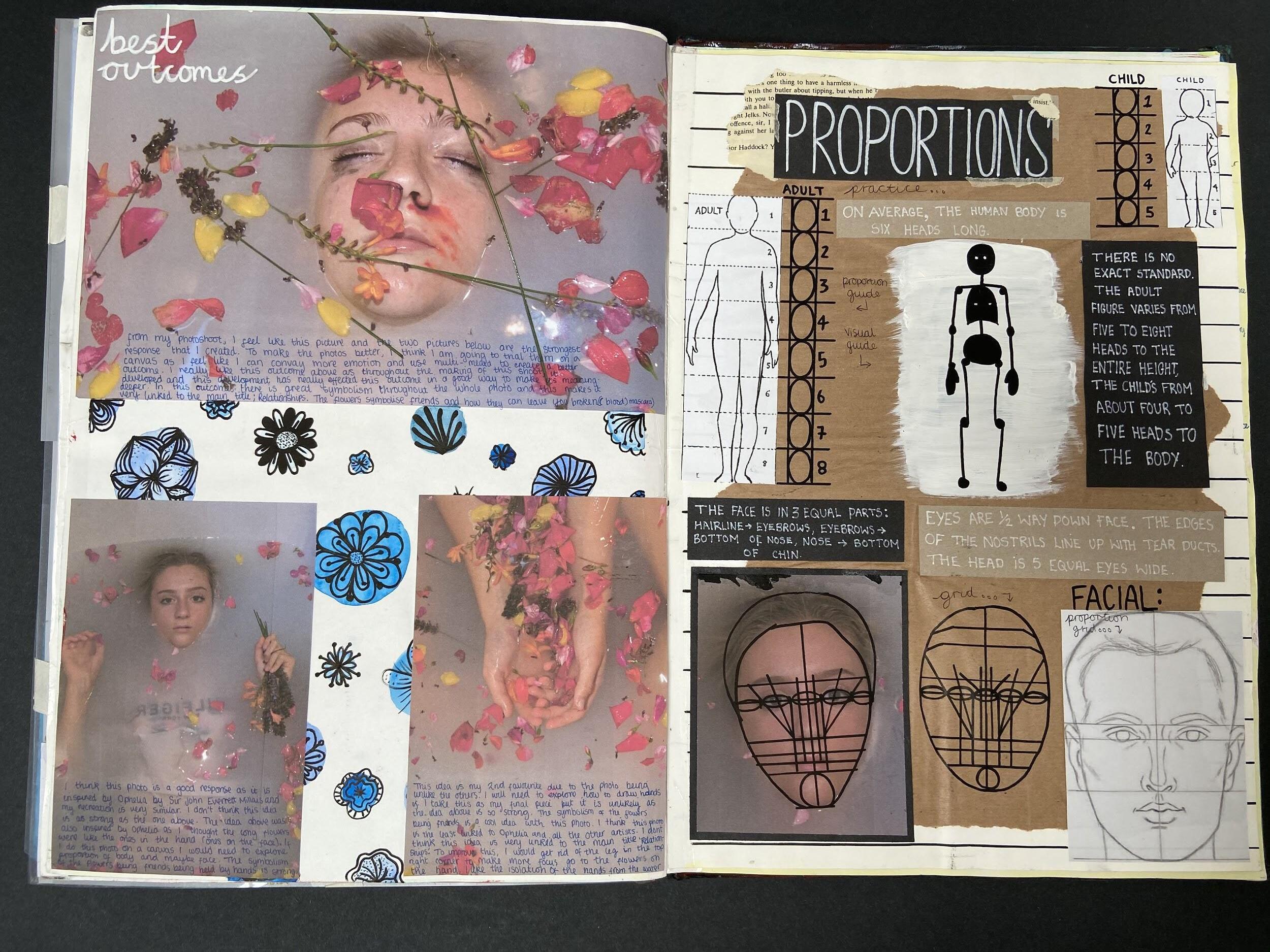
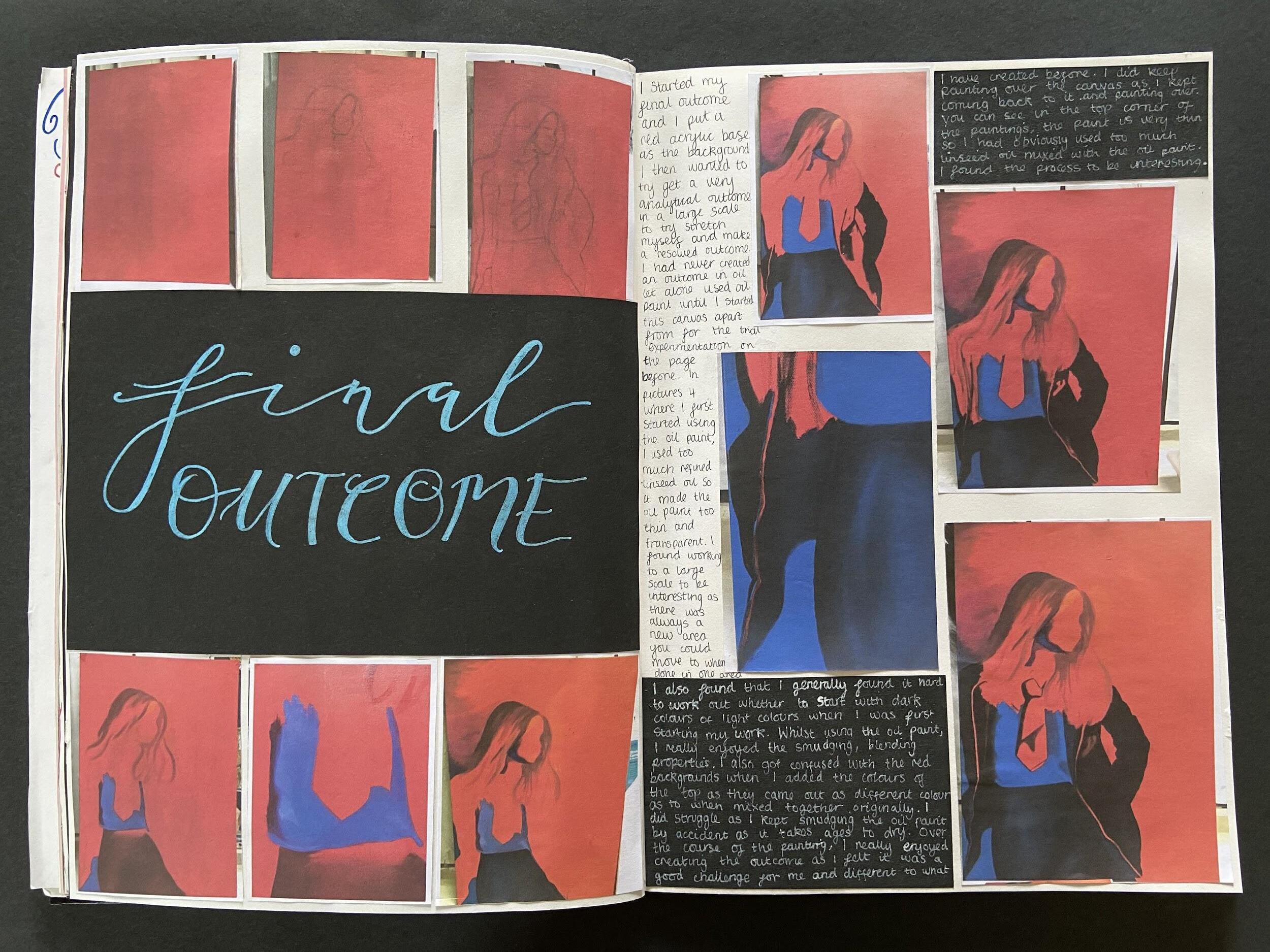
Use the next few weeks to get your digital submission ready
Remember, we want your application to go smoothly and easily. If you have made an application, you need to get prepared to send in a digital submission of your work. Photograph everything in good light. ˝
Please do not be disappointed if you are not invited to an in-person portfolio interview as the competition for places is extremely tight. Your references will be called for and this may be the reason you are not selected. If you are in Year 6 or 8, you can apply again, at the next point of admission.
